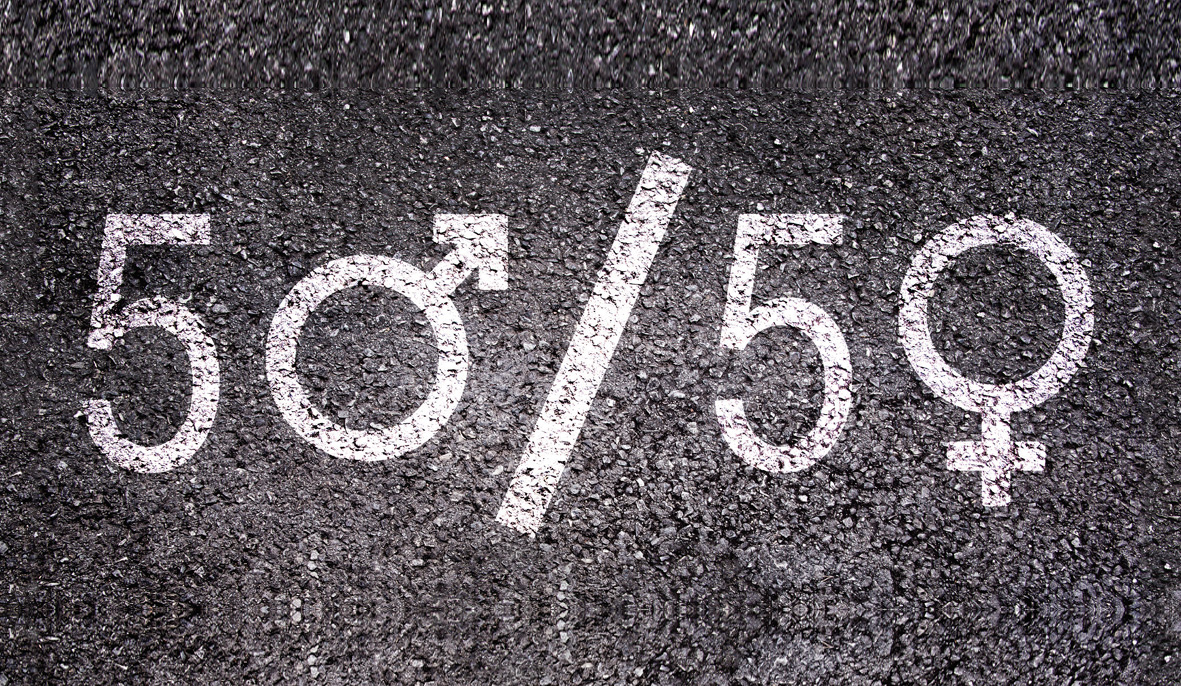
One of the most persistent staffing problems in the United Nations system has been the search for gender parity.
While the General Assembly has regularly emphasized their desire to see gender parity achieved, progress has been slow. For example, according to the annual Composition of the Secretariat report, when considering posts from P2 to USG, the gender parity rate was 40.5% per cent in 2014. This rose to 44.5 per cent in 2019. While the progress is very welcome, the data also tells a more nuanced story.
As we progress to over-all parity, it has often been noted that women are more likely to hold posts in the junior levels of the organization, such as P2 and P3 posts. These levels have stayed remarkably stable over time, with about 57.3 per cent of P2 posts held by women, and about 46.7 per cent of P3 posts. At higher levels, the gender divide very quickly becomes significant, with organizational averages for P4 to D2 ranging from 39 per cent to 25 percent.
What is holding us back?
What factors are keeping the gender divide so intractable at the more senior levels of the organization? The picture becomes clearer when examining the rates of separation and resignation. Women are leaving the organization in significantly disproportional rates. As above, while women made up 44.5 per cent of staff in 2019, they made up 45.8 per cent of separations and 50.3 per cent of resignations. From the high-level data the organization provides on separations, we know that the significant majority are from expiration of appointment, some of which are subsequently reappointed.
If the rates of separation due to expiration of appointment were truly gender neutral, we would expect the percent of women to be proportional to the percent of men. This is not the reality. When seen in the context of the disproportional rate of resignations from women, it is likely that there are factors which cause women to leave the organization completely after expiration of their appointments or to resign outright. While these rates are clearly seen at the P2 and P3 levels, it is also disturbing that while women make up only 38.1 per cent of the P5 level staff, they comprise 47.6 percent of the resignations, demonstrating a 9.5 per cent gender gap for 2019.
Progress with hiring but growing problems with retention
Put simply, women are leaving the organization at disproportionally higher rates than men. Not only does this create a headwind of excess departures which slows achievement of gender parity, it also suggests there are cultural factors at play which are creating a particularly difficult working environment for women. This idea is supported by this year’s report from the Ombudsman. It is notable that, for the first time, this report notes a trend of systemic upward harassment towards women leaders in the organization.
In the context of these factors, it appears very likely that the working environment within the United Nations is contributing to the departure of female personnel. We each share the responsibility of not only our own actions and attitudes, but also of our contribution towards the collective culture of our organization. It is incumbent on all of us to examine our attitudes and behaviors to determine how we can avoid complacency and become part of the solution together.



